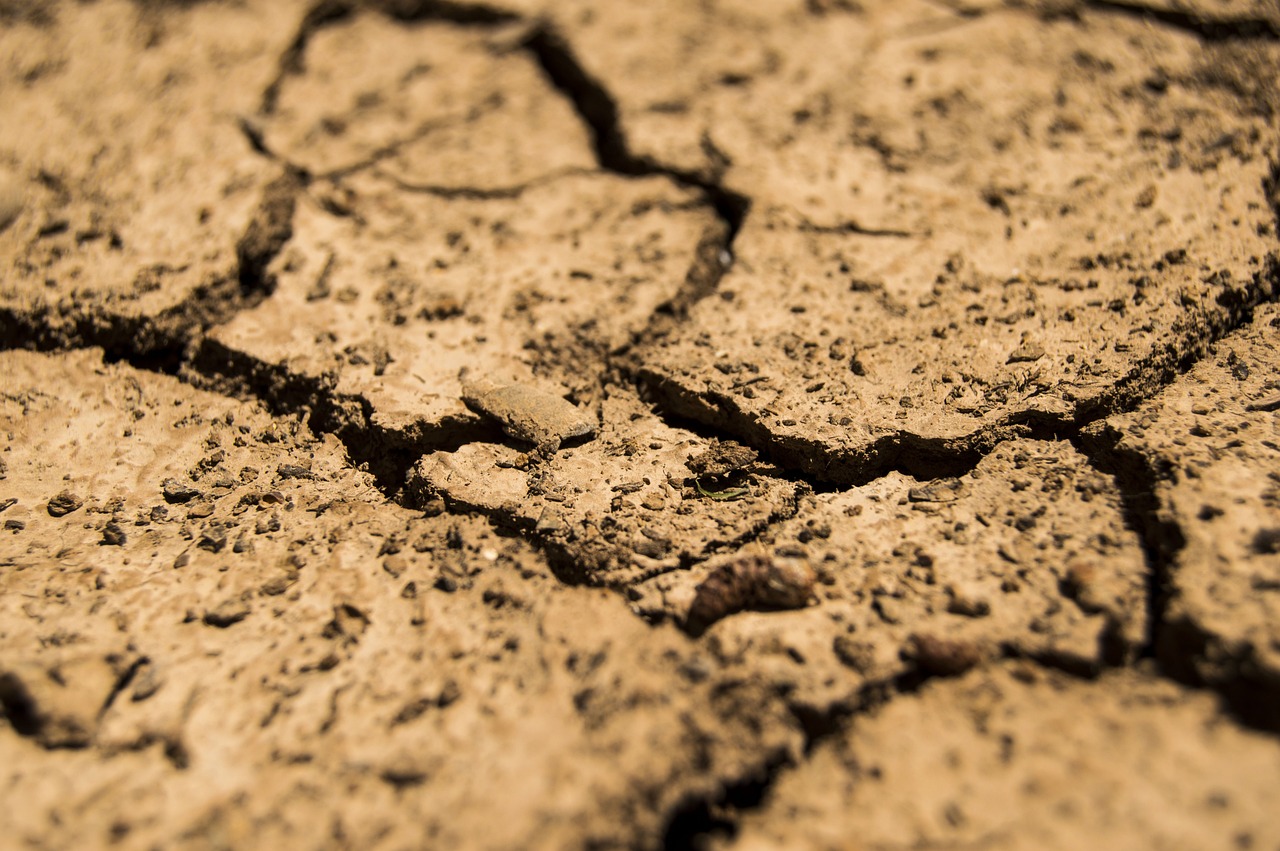Article Title:Archaeology, history, and geology of the A.D. 749 earthquake, Dead Sea transform
Abstract:
Historical records of earthquakes can contribute significantly to understanding active faulting and seismic hazards. However, pre-twentieth century historians were unaware of the association of earthquakes and fault ruptures. Consequently, historical texts usually report the time and damage caused by earthquakes, but not the associated faults. Conversely, observed fault ruptures are often difficult to date. In order to overcome these difficulties, we have analyzed archaeological and sedimentological observations in recent excavations in the ancient city of Tiberias and have combined them with interpretation of historical accounts. Tiberias was founded in A.D. 19 by King Herod on the western shore of the Sea of Galilee (Kinneret). Herod's stadium, exposed in these excavations for the first time, was damaged by boulder-bearing flash floods and by an earthquake. Later buildings, dated as late as the early eighth century, are all covered by alluvium and lake deposits. They are also damaged and offset by normal faults, whereas buildings from the late eighth century are intact. We therefore attribute the damage to the earthquake of 18 January 749. The paleoseismic observations are in good agreement with the distribution of damage on the basis of historical records. Both data sets indicate a 100 km-long rupture segment between the Kinneret and the Dead Sea pull-apart basins, demonstrating that it is capable of generating M > 7 earthquakes.
Keywords: earthquakes; Dead Sea fault; paleoseismology; archaeoseismology
DOI: 10.1130/G19516.1
Source:GEOLOGY
Welcome to correct the error, please contact email: humanisticspider@gmail.com



